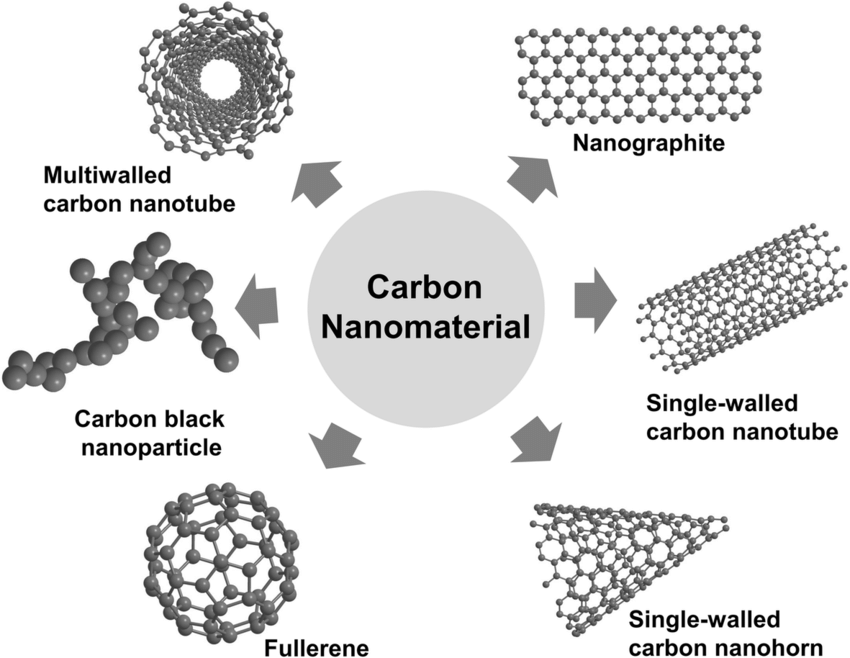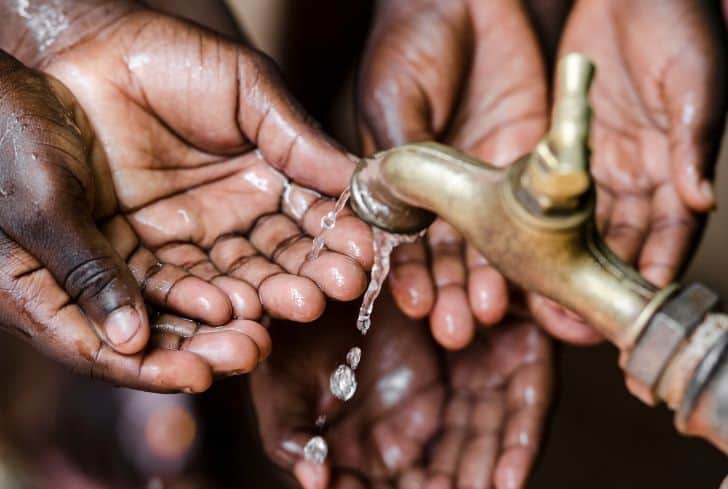People

Salam Titinchi, University of the Western Cape
Many futuristic novels and films have explored what the world might look like without water. But water scarcity isn’t a problem for the far-off future: it’s already here.
In its 2021 report UN Water outlined the scale of the crisis: 2.3 billion people live in water-stressed countries and 733 million of those people are in “high and critically water-stressed countries”.
In 2018 Cape Town, where I live and conduct my research, residents found themselves staring down “day zero”, when household water supplies would run dry. Good rains spared the South African city, but now other parts of the country face similarly dire predictions of empty taps.
This scenario is threatening to play out across Africa. In the Horn of Africa region, for example, large areas of Ethiopia, Somalia and Kenya have seen four consecutive rainy seasons pass without decent rains. The rise of “megacities” in Africa – with millions moving into city areas – puts further pressures on already limited infrastructure.
And the crisis extends far beyond the African continent.
There is no one solution for this grim reality. A multi-pronged approach will be necessary, as Cape Town’s experience illustrated.
Technology will be a key part of solving the global water scarcity crisis. Technological solutions can run the gamut from the most basic, like water leak detectors for households, to highly sophisticated, like ways to pull moisture out of the air to produce clean drinking water, or convert the planet’s abundant salt water into fresh water.
In a recent paper colleagues and I outlined another potentially powerful technology: carbon nanomaterials, which have been shown to remove organic, inorganic and biological pollutants from water.
Contamination threatens water sources
Contamination is one of the factors putting strain on water sources. All water supplies contain some microbes and pathogens. But industrial waste is a huge problem: vehicles release heavy metal pollutants, for instance, and acid mine drainage seeps into water sources. This results in contaminated ground and surface water that cannot be safely used for most human activities, much less for drinking or washing food.
Some current technologies make the treatment of water too expensive. Others are simply not up to the job and are unable to remove microorganisms. In removing organic pollutants like pharmaceutical waste, organic dyes, plastics and detergents from wastewater, for instance, some conventional techniques such as membrane filtration have been found wanting.
That’s where carbon nanomaterials come in. With others, I am exploring their use and finding that they are more efficient and economically viable than conventional materials.
Nanomaterials

Nanomaterials are broadly defined as materials that contain particles of between 1 and 100 nanometres (nm) in size. One nanometre equals one-billionth of a metre. Different nanomaterials are composed of different atoms – some, like those I research, are made up of carbon atoms.
Carbon is, by mass, the second most abundant element in the human body after oxygen. It is also a common element of all known life. Carbon nanotechnologies are environmentally friendly because they hold less risk of secondary pollution than some adsorbents (solid substances used to remove contaminants from liquid or gas).
Engineered into nanomaterial form, carbon nanomaterials are being hailed by many scientists around the world for their superior physical and chemical properties. They are increasingly prized for their potential to remove heavy metals from water thanks to their large surface area and adsorption capabilities, their nano-scaled size and their chemical properties.
Carbon nanomaterials have all been shown to be effective in the treatment of wastewater.
Tackling water scarcity

I work with carbon-coated magnetic nanomaterials. This blended composite plays a crucial role in decontaminating water. At the same time, it removes materials such as heavy metals. That makes it ideal for water treatment, as do its easy, fast recovery and recyclability, thanks to what’s known as magnetic filtration. In this process, the magnetic nanomaterials added to the contaminated water are recovered after treatment by an external strong magnet. The recovered materials can be regenerated and be reused again.
Carbon-based nanomaterials still have shortcomings. Nanomaterials tend to clump together into large particles, reducing their capacity to adsorb (attract and hold) pollutants. And nanoparticles are not always fully recovered from treated water, leading to secondary contamination. We’re still not sure how to separate exhausted – fully utilised – nanomaterials from treated water.
The work continues in our lab and others all over the world. Scientists dislike timelines, since breakthroughs rarely happen within set deadlines. But our hope is that more and more advances will be made with carbon-based nanonmaterials in the years to come, giving the world an important tool to tackle water scarcity.![]()
Salam Titinchi, Professor, University of the Western Cape
This article is republished from The Conversation under a Creative Commons license. Read the original article.






